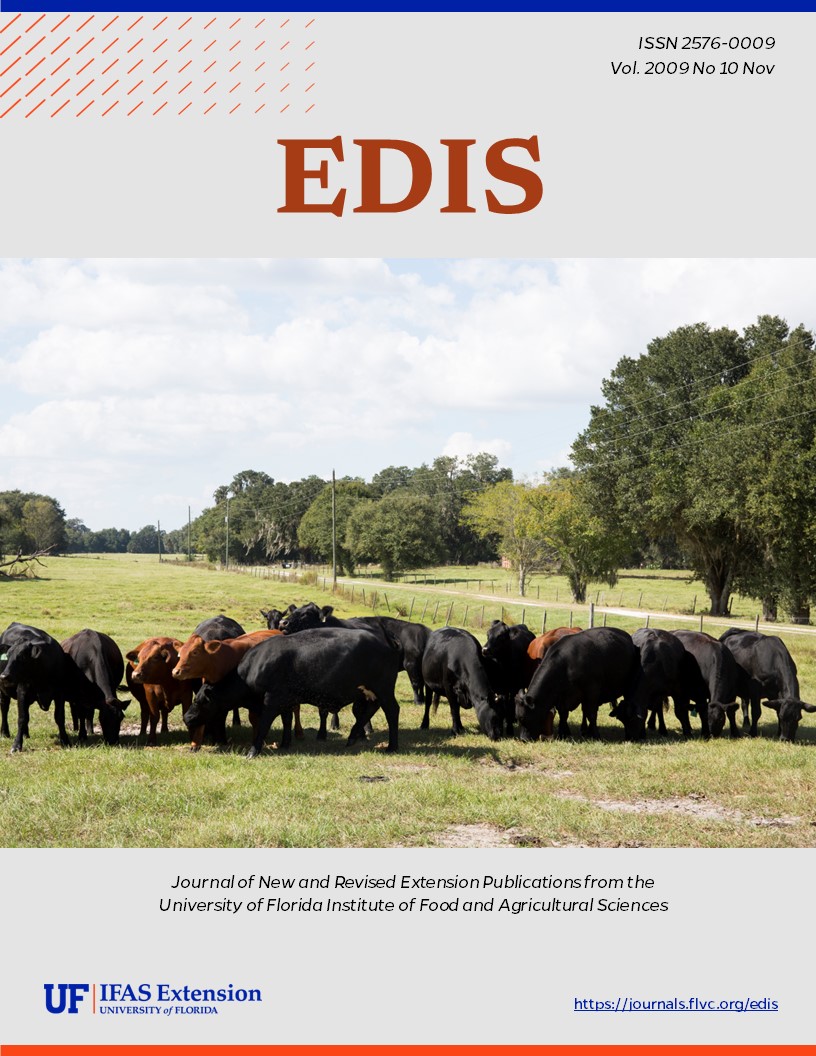Abstract
Revised! ENY128, a 2-page fact sheet by Malcolm T. Sanford, Eddie Atkinson, and Jamie Ellis, prepares beekeepers to answer questions responsibly about honey as a potential source of C. botulinum spores, which can cause botulism in infants under 12 months of age. Includes references. Published by the UF Department of Entomology and Nematology, October 2009.
References
Aureli, P., G. Franciosa, and L. Fenicia. 2002. Infant botulism and honey in Europe: a commentary. The Pediatric Infectious Disease Journal 21: 866-868. https://doi.org/10.1097/00006454-200209000-00016
Domingo, R. M., J. S. Haller, and M. Gruenthal. 2008. Infant botulism: two recent cases and a literature review. Journal of Child Neurology 23: 1336-1346. https://doi.org/10.1177/0883073808318200
http://www.honey.com/downloads/infantbotulism.pdf
http://kidshealth.org/parent/infections/bacterial_viral/botulism.html#
Midura, T. F. 1996. Update: infant botulism. Clinical Microbiology Reviews 9: 119-125. https://doi.org/10.1128/CMR.9.2.119
Schneider, K. R., M. E. Parish, R. M. Goodrich and T. Cookingham. 2004. Preventing Foodborne Illness: Clostridium botulinum. Florida Cooperative Extension Service, Institute of Food and Agricultural Sciences, University of Florida. http://edis.ifas.ufl.edu/FS104
Shapiro, R. L., C. Hatheway, and D. L. Swerdlow. 1998. Botulism in the United States: a clinical and epidemiologic review. Annals of Internal Medicine 129: 221-228. https://doi.org/10.7326/0003-4819-129-3-199808010-00011
Spika, J. S., N. Shaffer, N. Hargrett-Bean, S. Collin, K. L. MacDonald, and P. A. Blake. 1989. Risk factors for infant botulism in the United States. American Journal of Diseases of Children 143: 828-832. https://doi.org/10.1001/archpedi.1989.02150190078026
Tanzi, M. G. and M. P. Gabay. 2002. Association between honey consumption and infant botulism. Pharmacotherapy 22: 1479-1483. https://doi.org/10.1592/phco.22.16.1479.33696

